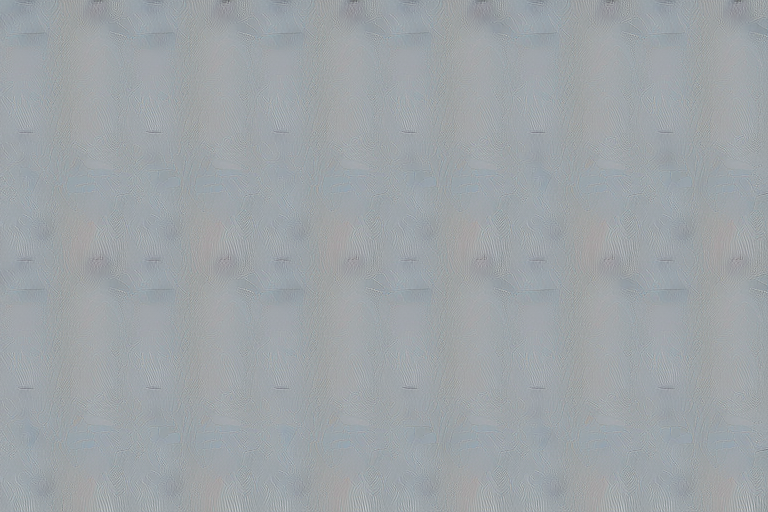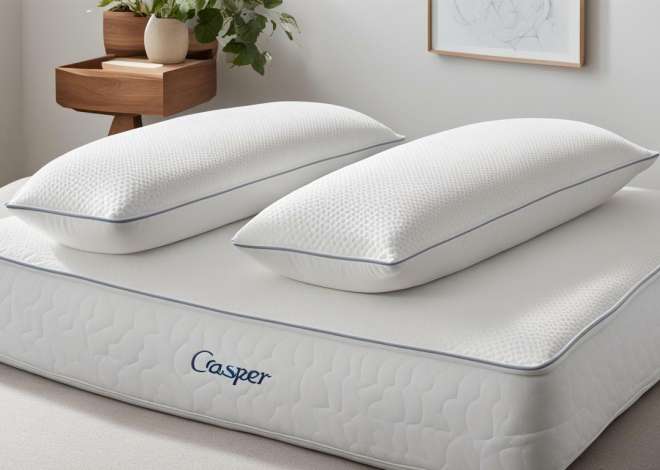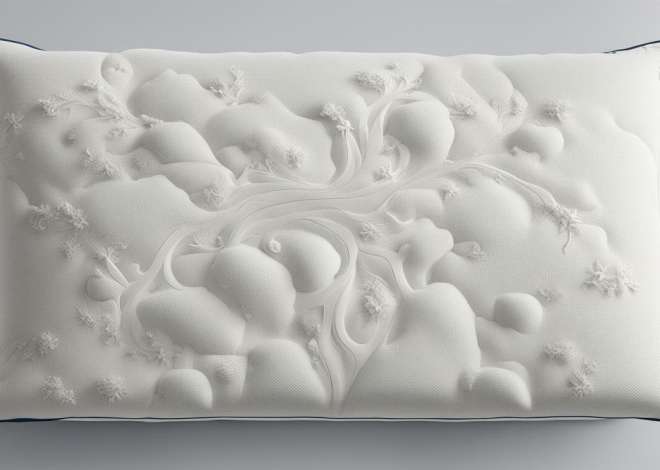
What is the best fabric to make pillowcases?
Pillowcases are an essential component of bedding ensembles. Choosing the right fabric for your pillowcases is crucial to ensure a comfortable night’s sleep. With so many options available, it can be challenging to determine the best fabric for your pillowcases. In this article, we will explore the different types of fabrics commonly used for pillowcases, their pros and cons, and provide tips on how to care for them.
Factors to consider when choosing fabric for pillowcases
Before delving into the various types of fabrics used for pillowcases, let’s first discuss the factors you need to consider. These include:
- Comfort: You want a material that feels smooth and soft against your skin, providing an ideal sleeping environment.
- Moisture-wicking: A fabric that can absorb moisture and prevent sweat from accumulating can make for a more comfortable sleeping experience.
- Durability: Consider how frequently you plan to wash your pillowcases and whether the fabric can withstand frequent washing.
- Breathability: Fabrics that allow for airflow can ensure you don’t get too hot or stuffy while sleeping.
Another important factor to consider when choosing fabric for pillowcases is the thread count. Thread count refers to the number of threads woven into one square inch of fabric. Generally, the higher the thread count, the softer and more luxurious the fabric will feel. However, a high thread count does not necessarily mean better quality, as the type of fabric and weave also play a role in determining the overall quality of the pillowcase.
Types of fabrics commonly used for pillowcases
Several types of fabric are commonly used for pillowcases, each with their unique characteristics. These include:
Cotton
Cotton is a popular choice for pillowcases and has been used for bedding for centuries. It is known for its softness, breathability, and durability. Cotton pillowcases are available in a range of thread counts, which can affect their texture, durability, and softness. However, cotton is vulnerable to wrinkling and shrinkage, making it essential to follow proper care instructions.
Silk
Silk pillowcases are becoming increasingly popular due to their soft, smooth texture and hypoallergenic properties. They can also prevent hair from tangling and help reduce facial wrinkles. However, silk pillowcases can be expensive and challenging to care for. It’s important to hand wash and air dry them to maintain their quality.
Linen
Linen is an eco-friendly and durable fabric that can be used for pillowcases. It is breathable and moisture-wicking, making it a great choice for warm sleepers. Linen pillowcases can also add texture and style to your bedding ensemble. However, they can be a bit rough to the touch and tend to wrinkle easily.
Polyester
Polyester is a synthetic fabric that is commonly used for pillowcases. It is known for its durability, wrinkle resistance, and affordability. Polyester pillowcases are also easy to care for and can be machine washed and dried. However, they are not as breathable as natural fabrics like cotton and linen, which can make them uncomfortable for some sleepers.
Pros and cons of using cotton for pillowcases
Cotton is one of the most popular pillowcase fabrics, and for good reason. Here are some of the pros and cons of using cotton:
Pros
- Soft and comfortable
- Available in a range of thread counts
- Breathable and durable
- Easily accessible
Cons
- Can shrink and wrinkle if not washed and dried properly
- May require ironing
- Not moisture-wicking
It’s important to note that cotton pillowcases may not be the best choice for those with allergies or sensitive skin. Cotton can trap dust and other allergens, which can cause irritation and discomfort. Additionally, some people may prefer pillowcases made from alternative materials, such as silk or bamboo, which offer different benefits and drawbacks.
Silk pillowcases: Are they worth the investment?
Silk pillowcases are often touted for their beauty and skincare benefits. They have a smooth and soft texture that can prevent hair from tangling and reduce wrinkles on the face. However, silk pillowcases can be expensive and require careful care. It’s essential to hand wash them and avoid exposing them to direct sunlight to maintain their quality.
Despite the high cost and maintenance requirements, silk pillowcases can be a worthwhile investment for those who prioritize their skin and hair health. Silk is a natural protein fiber that is hypoallergenic and gentle on the skin, making it an excellent choice for those with sensitive skin or allergies. Additionally, silk pillowcases can help regulate body temperature, keeping you cool in the summer and warm in the winter. So, if you’re looking for a luxurious and beneficial addition to your bedding, a silk pillowcase may be worth considering.
The benefits of using linen for pillowcases
Linen is a breathable and eco-friendly fabric that can make for comfortable pillowcases. It has a unique texture that can add style to your bedding ensemble. Linen pillowcases can also be moisture-wicking, making them ideal for warm sleepers.
How to care for different types of fabric used for pillowcases
Proper care is vital for maintaining the quality and longevity of your pillowcases, regardless of the fabric. Here are some general care tips for different types of fabrics:
Cotton
- Wash in cold or warm water with mild detergent
- Avoid using bleach or fabric softeners
- Dry pillowcases on low heat
- Iron if necessary
Silk
- Hand wash in lukewarm water with a gentle detergent
- Avoid wringing or twisting the fabric
- Lay flat to dry
- Avoid exposing to direct sunlight
Linen
- Wash in cold or warm water with mild detergent
- Avoid using bleach or fabric softeners
- Dry pillowcases on low heat
- Iron to maintain the linen’s texture
Choosing the right thread count for your pillowcase fabric
Thread count refers to the number of threads per square inch in the fabric. While a higher thread count can indicate a softer and more durable fabric, it’s not the only factor to consider. The ideal thread count for your pillowcase fabric will depend on your personal preference and sleep habits. Generally, a thread count between 200 and 800 is considered suitable for pillowcases.
Eco-friendly alternatives to traditional pillowcase fabrics
If you’re looking for eco-friendly alternatives to traditional pillowcase fabrics, you can consider materials like organic cotton, bamboo, or Tencel. These fabrics are sustainable and environmentally friendly, making them a great choice for conscious consumers.
How to personalize your pillowcases with unique fabric choices
One of the benefits of making your pillowcases is the ability to personalize them with unique fabric choices. You can consider adding texture, color, or patterns to suit your personal style. Some materials you can use to make personalized pillowcases include flannel, jersey, or even repurposed fabrics like vintage sheets or tablecloths. The possibilities are endless!
Choosing the right fabric for your pillowcases is crucial for a comfortable night’s sleep. By considering factors like comfort, moisture-wicking, durability, and breathability, you can find the perfect fabric for your needs. Don’t forget to follow proper care instructions to ensure your pillowcases last for years to come.


